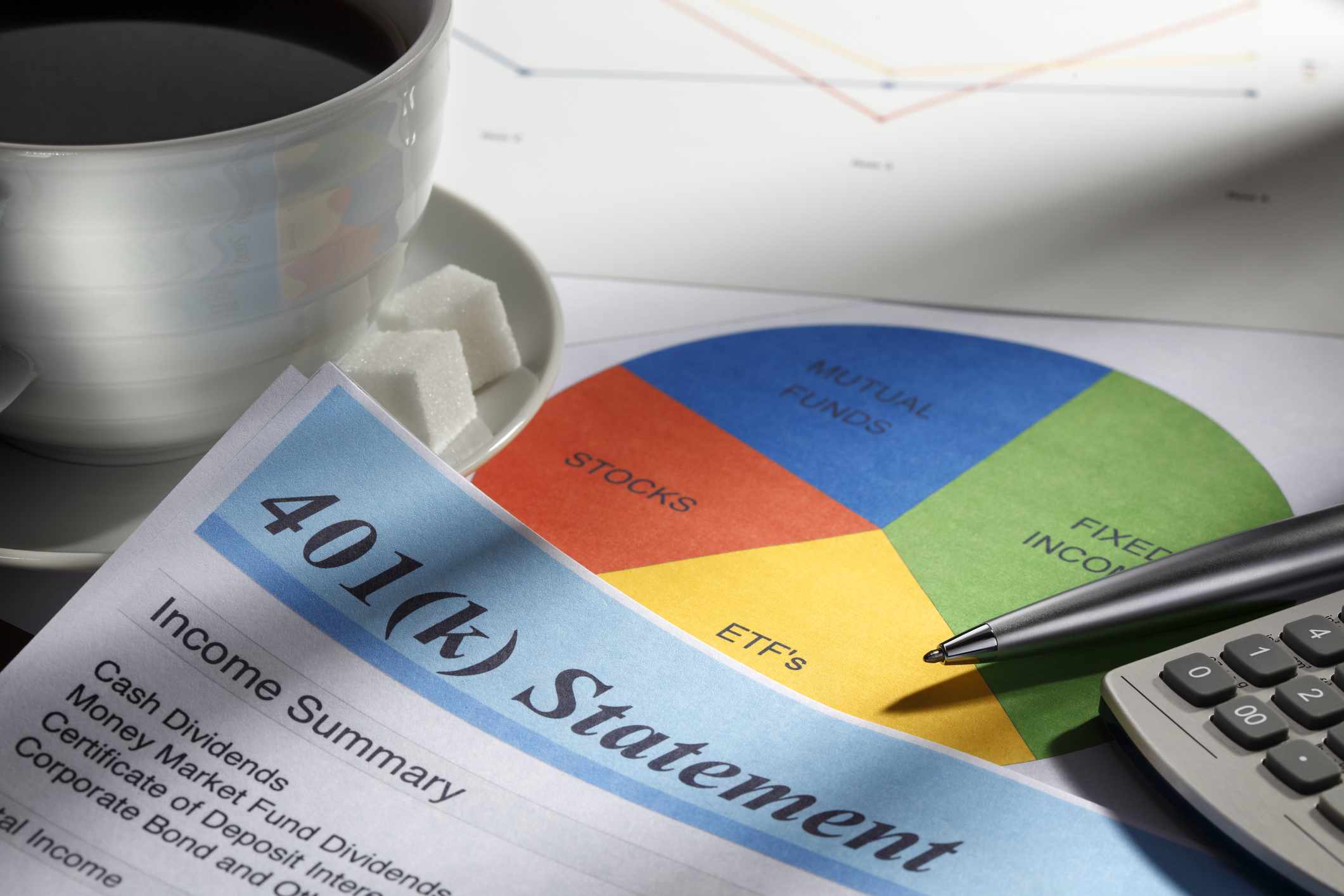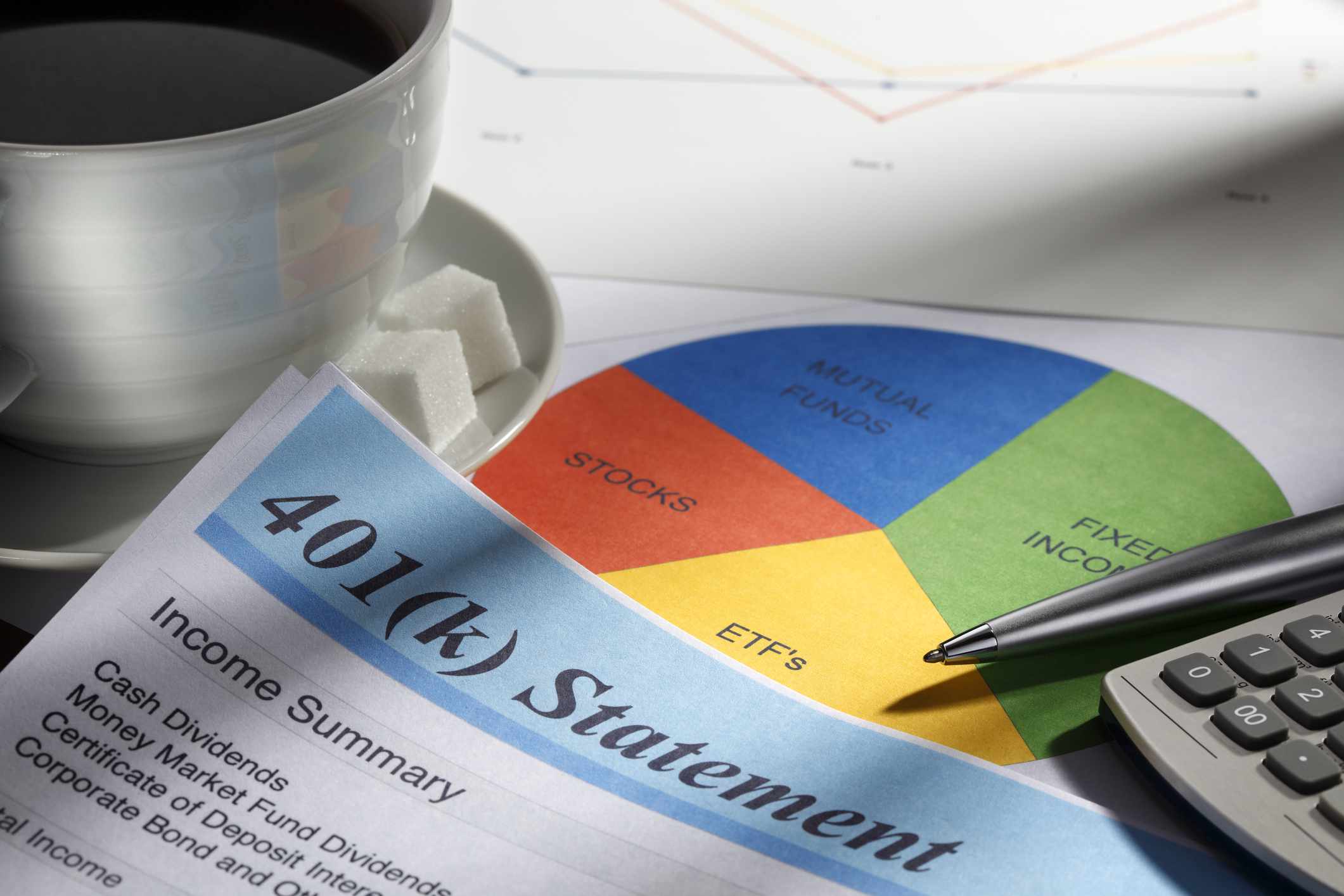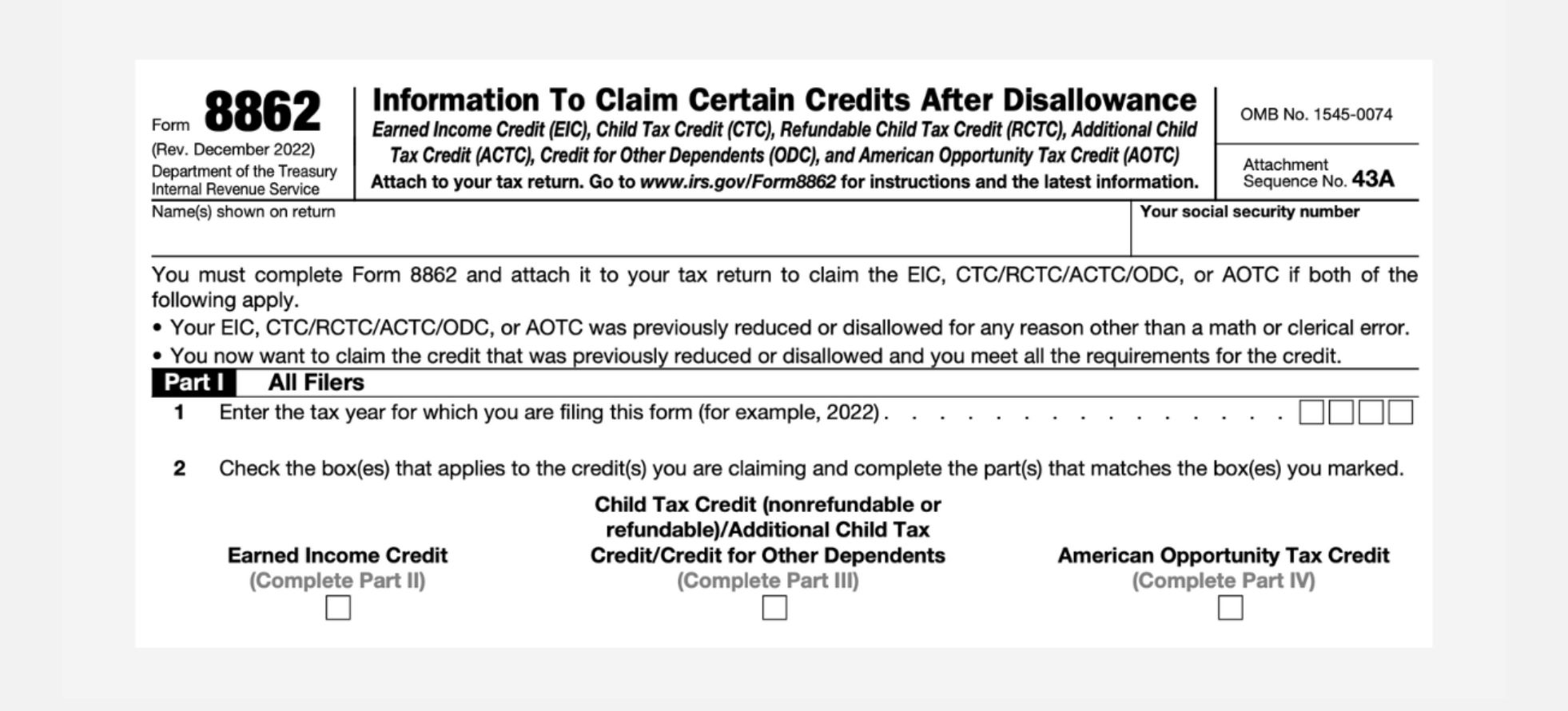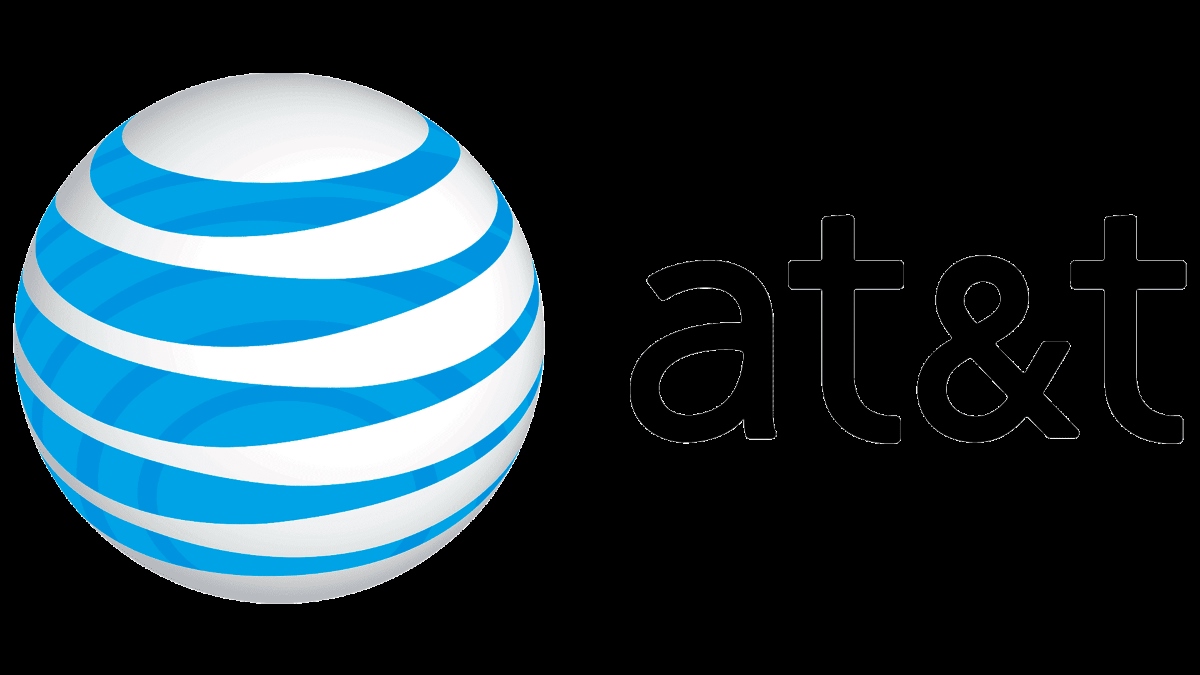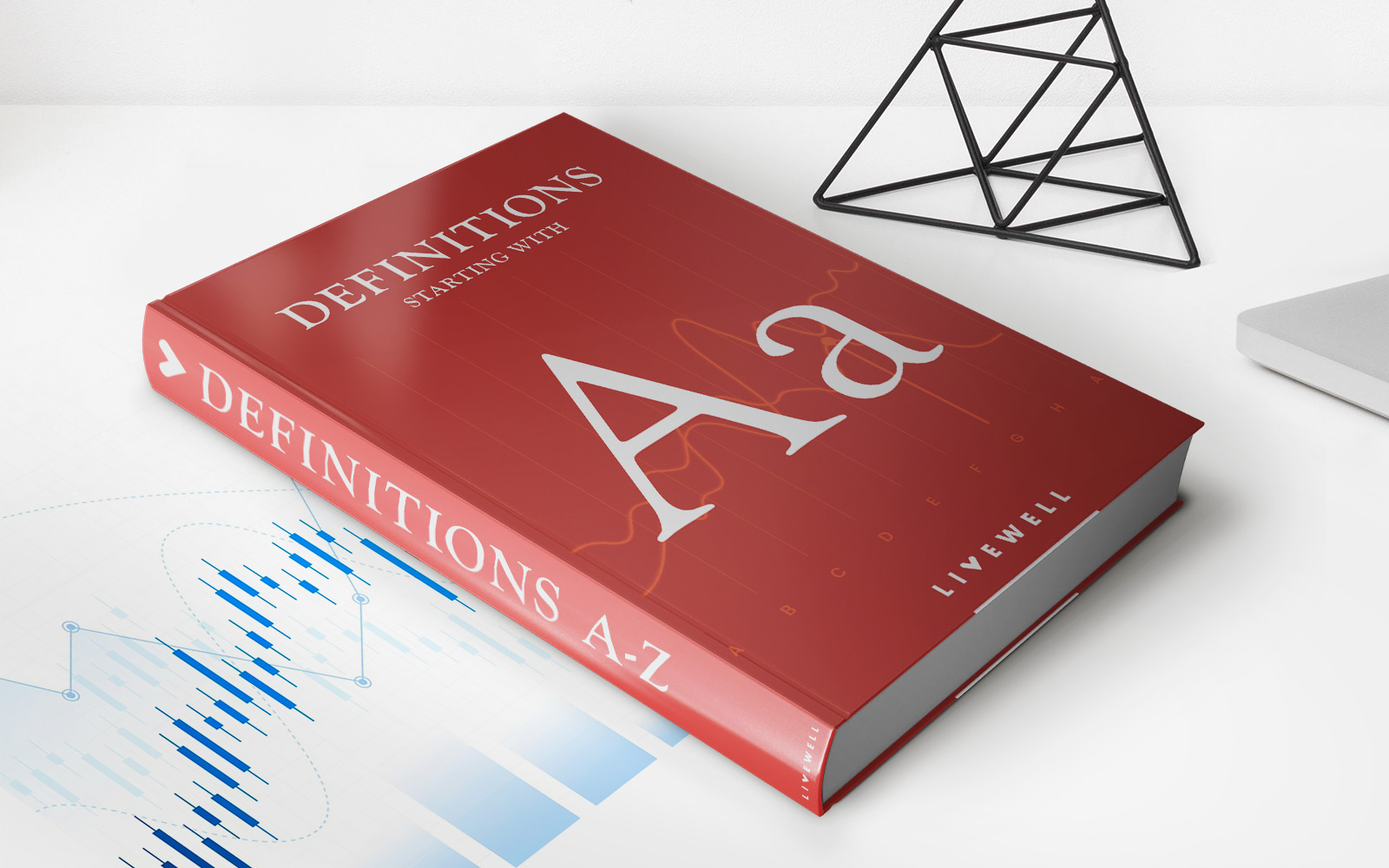

Finance
Who Is The Custodian Of A 401K Plan
Published: October 17, 2023
Discover who is responsible for overseeing and managing your 401K plan. Gain insight into the role of the custodian in safeguarding your financial future.
(Many of the links in this article redirect to a specific reviewed product. Your purchase of these products through affiliate links helps to generate commission for LiveWell, at no extra cost. Learn more)
Table of Contents
Introduction
In the world of retirement savings, the 401(k) plan is a popular choice among employees. Its flexibility and tax advantages make it an attractive option for individuals looking to secure their financial future.
But have you ever wondered who is responsible for managing these plans? Who takes on the role of safeguarding the funds and ensuring compliance with regulations? That’s where the custodian comes in.
The custodian of a 401(k) plan plays a crucial role in ensuring the smooth operation and proper management of the plan. In this article, we will delve deeper into the role of the custodian and the importance of selecting a reliable one.
So, whether you’re an employer offering a 401(k) plan to your employees or an individual participant looking to maximize your retirement savings, understanding the custodial role is essential.
Let’s explore what a custodian does and why it matters for your 401(k) plan.
Understanding the 401(k) Plan
Before we dive into the role of the custodian, let’s first establish a clear understanding of what a 401(k) plan is.
A 401(k) plan is a retirement savings plan offered by employers to their employees. It allows individuals to contribute a portion of their salary into a tax-advantaged investment account. These contributions are typically deducted directly from the employee’s paycheck before taxes are withheld, which means that the contributions are made on a pre-tax basis.
One of the main advantages of a 401(k) plan is that it allows individuals to save for retirement while receiving potential tax benefits. The funds within a 401(k) plan can be invested in a variety of options, such as stocks, bonds, mutual funds, or other investment vehicles, depending on the plan’s offerings.
In addition to the tax benefits, many 401(k) plans also offer a company match, where the employer matches a percentage of the employee’s contributions. This is essentially free money that helps boost retirement savings even further.
It’s important to note that 401(k) plans are subject to certain contribution limits set by the Internal Revenue Service (IRS). These limits dictate the maximum amount individuals can contribute to their plan each year.
Now that we have a basic understanding of what a 401(k) plan entails, let’s move on to explore the role of the custodian in managing these plans.
The Role of the Custodian
The custodian of a 401(k) plan is a crucial player in the management and administration of the plan. Their primary responsibility is to hold and safeguard the assets within the plan on behalf of the participants.
One of the key duties of the custodian is to ensure the accurate and timely processing of transactions within the 401(k) plan. This includes receiving contributions from employees and employers, investing the funds based on the participants’ investment choices, and facilitating withdrawals and distributions when requested.
The custodian also plays a vital role in maintaining the plan’s compliance with regulatory requirements. They are responsible for ensuring that the plan adheres to the guidelines outlined by the Employee Retirement Income Security Act (ERISA), a federal law that governs employee benefit plans.
Furthermore, the custodian is responsible for providing regular reports and statements to plan participants, detailing their account balances, contributions, investments, and any fees or expenses associated with the plan. This transparency is essential to keep participants informed about the status of their retirement savings.
In addition to the administrative tasks, the custodian is often responsible for offering a wide range of investment options within the 401(k) plan. This includes selecting and monitoring suitable investment funds, ensuring diversity and risk management in the investment lineup, and providing educational resources to help participants make informed investment decisions.
Overall, the custodian acts as the trustee and fiduciary of the 401(k) plan, ensuring that the assets are managed in the best interest of the participants. Their role is vital in maintaining the integrity and efficiency of the plan for the benefit of all stakeholders involved.
Responsibilities of the Custodian
The custodian of a 401(k) plan carries various responsibilities to ensure the proper functioning and protection of the plan’s assets. These responsibilities can be categorized into several key areas:
- Safekeeping of Assets: One of the primary responsibilities of the custodian is to securely hold and safeguard the assets within the 401(k) plan. This includes maintaining accurate records of participant contributions, investment transactions, and account balances.
- Processing Contributions: The custodian is responsible for receiving and processing employee and employer contributions into the 401(k) plan. This involves accurately allocating the contributions to the respective participant accounts and ensuring that the limits set by the IRS are adhered to.
- Investment Management: Custodians often provide a range of investment options for participants to choose from. In this role, they are responsible for selecting and monitoring the investment funds offered in the plan. This includes assessing the performance, risks, and fees associated with these funds to ensure they align with the participants’ investment goals.
- Recordkeeping and Reporting: Custodians are responsible for maintaining detailed records and providing regular reports to plan participants. This includes statements that outline account balances, contributions, investment performance, and any associated fees or expenses. Transparency in reporting is crucial to keep participants informed about their retirement savings.
- Compliance and Regulatory Requirements: Custodians must ensure that the 401(k) plan complies with all relevant laws and regulations, such as ERISA. They are responsible for keeping up-to-date with any changes in legislation and implementing necessary adjustments to the plan administration to maintain compliance.
- Participant Support and Education: Custodians often provide educational resources and support to plan participants. This includes information on investment options, retirement planning, and assistance with account-related questions or issues. They play a crucial role in empowering participants to make informed decisions about their retirement savings.
These responsibilities highlight the integral role that custodians play in efficiently managing a 401(k) plan. By fulfilling these duties, custodians ensure that the plan operates smoothly, participants’ assets are protected, and compliance with regulations is maintained.
Types of Custodians for 401(k) Plans
There are several types of custodians that can be utilized for managing 401(k) plans. The choice of custodian will depend on various factors, including the size of the plan, the needs of the participants, and the desired level of service. Here are three common types of custodians for 401(k) plans:
- Bank Custodians: Many employers opt for bank custodians to manage their 401(k) plans. Banks have the advantage of being well-established financial institutions with a history of securely handling assets. They often offer a wide range of investment options, including both their proprietary funds and third-party funds. Bank custodians provide extensive recordkeeping services, administrative support, and access to financial advisors. Their brand recognition and familiarity can be appealing to participants, offering a sense of trust and stability.
- Trust Companies: Trust companies specialize in the administration and safekeeping of assets. They handle the custody and recordkeeping functions of the 401(k) plan and often work closely with investment advisors or third-party administrators (TPAs) to provide comprehensive services. Trust companies are known for their expertise in fiduciary matters and can offer flexibility in investment options and plan design. They typically cater to larger 401(k) plans with complex needs and have the infrastructure to handle intricate investment strategies or customized plan features.
- Third-Party Administrators (TPAs): TPAs are independent firms that provide administrative and recordkeeping services for 401(k) plans. While TPAs do not directly hold the assets, they work in conjunction with a custodian or recordkeeper to fulfill their role. TPAs handle crucial functions such as contribution processing, compliance testing, and government reporting. Employers may choose to use a TPA as a cost-effective option, especially for smaller plans that may not require the extensive services provided by bank custodians or trust companies.
It’s important to note that the selection of a custodian for a 401(k) plan should be based on careful evaluation and consideration of the plan’s specific needs. Factors such as cost, level of service, investment options, customer support, and reputation should all be taken into account.
Discussing the options and consulting with professionals such as financial advisors or retirement plan consultants can help employers make an informed decision regarding the custodian that best aligns with their goals and the needs of the plan participants.
Selecting a Custodian for a 401(k) Plan
Choosing the right custodian for your 401(k) plan is a critical decision that can significantly impact the overall success and satisfaction of both the employer and the plan participants. Here are some key factors to consider when selecting a custodian:
- Experience and Reputation: Look for a custodian with a proven track record in managing 401(k) plans. Consider their expertise, industry experience, and reputation for delivering reliable and high-quality services. Research their history, client testimonials, and the number of plans they currently administer.
- Range of Investment Options: Consider the variety and quality of investment options offered by the custodian. Ensure that the available funds align with the investment preferences, risk tolerance, and goals of the plan participants. A diverse selection of investment options can provide flexibility and cater to the individual needs of participants.
- Technology and User Experience: Evaluate the custodian’s technology platform and user experience. A user-friendly and intuitive interface, robust online tools, and mobile access can enhance participant engagement and streamline administrative tasks. Ensure that the custodian’s technology is efficient, reliable, and capable of providing the desired level of service.
- Custodial Fees: Understand the fee structure associated with the custodian’s services. Compare the costs across different custodians while considering the level of service provided. Be mindful of any additional fees for features like investment advice, plan amendments, or participant education. Balancing cost with the desired level of service is essential.
- Compliance Support: Confirm that the custodian has a robust compliance support system in place. Compliance with applicable regulations, such as ERISA, is crucial to avoid penalties and legal issues. Ensure that the custodian provides comprehensive reporting, maintains accurate records, and stays updated with any regulatory changes that may affect the plan.
- Customer Support and Participant Services: Evaluate the custodian’s customer support and participant services. Prompt and knowledgeable customer support can address any concerns or issues that may arise. Consider the availability of educational resources, retirement planning tools, and financial wellness programs. Engaging and informative participant services can enhance plan participation and empower individuals to make sound financial decisions.
It is advisable to conduct thorough due diligence by gathering information, comparing custodial offerings, soliciting proposals, and seeking guidance from retirement plan professionals. Engaging with industry experts, financial advisors, or retirement plan consultants can provide valuable insights and help you make an informed decision that aligns with the needs of your organization and plan participants.
Remember that selecting the right custodian involves careful consideration of various factors, and it should be a well-informed decision made in the best interest of all stakeholders involved.
Benefits of a Reliable 401(k) Custodian
Having a reliable custodian for your 401(k) plan can bring numerous benefits to both employers and plan participants. Here are some key advantages of partnering with a trustworthy custodian:
- Expertise and Compliance: A reliable custodian brings expertise in managing 401(k) plans and ensures compliance with regulatory requirements. They stay up-to-date with changing laws, monitor plan activity, and assist with necessary filings. This helps employers avoid costly penalties and ensures that the plan operates within the boundaries of the law.
- Secure Asset Protection: The custodian is responsible for securely holding and protecting the assets within the 401(k) plan. With a reliable custodian, employers and participants can have peace of mind knowing that their investments are safe and well-managed. This protection is crucial, especially in an era of increasing cybersecurity threats.
- Efficient Plan Administration: A dependable custodian streamlines plan administration tasks, reducing the burden on employers and plan sponsors. They handle transaction processing, recordkeeping, and reporting, which ensures accurate and timely execution of participant contributions, distributions, and account statements. This efficiency allows employers to focus on their core business operations.
- Investment Portfolio Guidance: Many custodians offer investment guidance and resources to help participants make informed decisions about their retirement savings. This can include access to financial advisors, online tools, and educational materials. A reliable custodian can empower participants with the knowledge and tools necessary to optimize their investment portfolios based on their unique goals and risk tolerance.
- Transparency and Communication: Clear and transparent communication is vital in a successful retirement plan. A trusted custodian provides regular statements and reports to participants, ensuring they have a clear understanding of their account activity, balances, and investment performance. This transparency helps build trust and confidence in the plan and encourages active engagement from participants.
- Responsive Customer Support: Partnering with a reliable custodian means having access to responsive customer support. Participants can seek assistance, get answers to their questions, and resolve issues promptly. Quick and effective customer support enhances participant satisfaction and trust in the plan, fostering a positive retirement savings experience.
It is important for employers to carefully select a reliable custodian that best aligns with their goals and the needs of their plan participants. By doing so, they can provide a well-managed and secure retirement savings vehicle that helps employees achieve their long-term financial objectives.
Conclusion
The custodian of a 401(k) plan plays a vital role in managing and safeguarding the assets within the plan. Their responsibilities encompass safekeeping of assets, processing contributions, investment management, recordkeeping and reporting, ensuring compliance, and providing participant support.
When selecting a custodian for your 401(k) plan, it is important to consider factors such as experience, reputation, range of investment options, technology and user experience, custodial fees, compliance support, and customer support. Engaging with industry professionals and retirement plan consultants can help make an informed decision that aligns with the needs of your organization and plan participants.
A reliable custodian brings numerous benefits, including expertise and compliance assistance, secure asset protection, efficient plan administration, investment portfolio guidance, transparency and communication, and responsive customer support. These advantages contribute to a successful and satisfying retirement savings experience for employers and participants alike.
By partnering with a trusted custodian, employers can offer their employees a well-managed 401(k) plan that promotes long-term financial security. Plan participants can enjoy the confidence and peace of mind that their investments are secure, while also receiving guidance and support to make informed decisions about their retirement savings.
In conclusion, choosing the right custodian is an important decision for the overall success and satisfaction of your 401(k) plan. Take the time to evaluate your options, consider the specific needs of your organization and participants, and prioritize reliability, expertise, and service quality. With a reliable custodian by your side, you can navigate the complexities of retirement planning smoothly and provide a valuable benefit to your employees for years to come.
